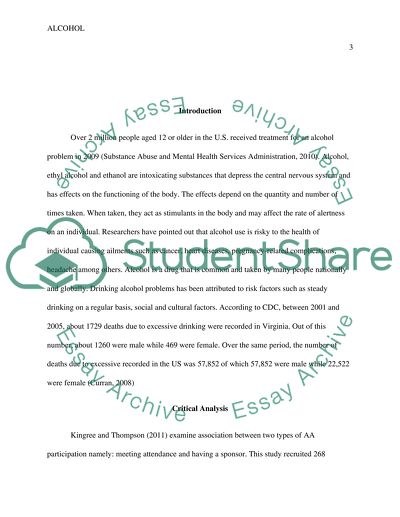Cite this document
(“Relatinoship between alcohol anonymous and aclcohol addicted patients Research Proposal”, n.d.)
Retrieved from https://studentshare.org/nursing/1493837-relatinoship-between-alcohol-anonymous-and
Retrieved from https://studentshare.org/nursing/1493837-relatinoship-between-alcohol-anonymous-and
(Relatinoship Between Alcohol Anonymous and Aclcohol Addicted Patients Research Proposal)
https://studentshare.org/nursing/1493837-relatinoship-between-alcohol-anonymous-and.
https://studentshare.org/nursing/1493837-relatinoship-between-alcohol-anonymous-and.
“Relatinoship Between Alcohol Anonymous and Aclcohol Addicted Patients Research Proposal”, n.d. https://studentshare.org/nursing/1493837-relatinoship-between-alcohol-anonymous-and.


